Copyright © Houghton Mifflin Company. All rights reserved.
CHAPTER
2
T
EXAS
I
NSTRUMENTS
TI-82
2.1 Getting Started with the TI-82
2.1.1 Basics: Press the ON key to begin using your TI-82 calculator. If you need to adjust the display contrast, first
press 2nd, then press and hold ▲ (the up arrow key) to increase the contrast or ▼ (the down arrow key) to decrease
the contrast. As you press and hold ▲ or ▼ , an integer between 0 (lightest) and 9 (darkest) appears in the upper
right corner of the display. When you have finished with the calculator, turn it off to conserve battery power by
pressing 2nd and then OFF.
Check the TI-82’s settings by pressing MODE. If necessary, use the arrow keys to move the blinking cursor to a
setting you want to change. Press ENTER to select a new setting. To start with, select the options along the left side
of the MODE menu as illustrated in Figure 2.1: normal display, floating decimals, radian measure, function graphs,
connected lines, sequential plotting, and full screen display. Details on alternative options will be given later in this
guide. For now, leave the MODE menu by pressing CLEAR.
Figure 2.1: MODE menu Figure 2.2: Home screen
2.1.2 Editing: One advantage of the TI-82 is that up to 8 lines are visible at one time, so you can see a long
calculation. For example, type this sum (see Figure 2.2):
1 + 2 + 3 + 4 + 5 + 6 + 7 + 8 + 9 + 10 + 11 + 12 + 13 + 14 + 15 + 16 + 17 + 18 + 19 + 20
Then press ENTER to see the answer, too.
Often we do not notice a mistake until we see how unreasonable an answer is. The TI-82 permits you to redisplay an
entire calculation, edit it easily, then execute the corrected calculation.
Suppose you had typed 12 + 34 + 56 as in Figure 2.2 but had not yet pressed ENTER, when you realize that 34
should have been 74. Simply press ◄
(the left arrow key) as many times as necessary to move the blinking cursor
left to 3, then type 7 to write over it. On the other hand, if 34 should have been 384, move the cursor back to 4, press
2nd INS (the cursor changes to a blinking underline) and then type 8 (inserts at the cursor position and other
characters are pushed to the right). If the 34 should have been 3 only, move the cursor to 4 and press DEL to delete
it.
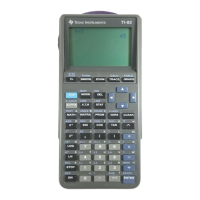



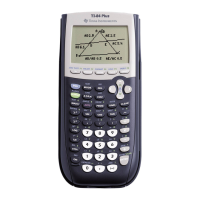
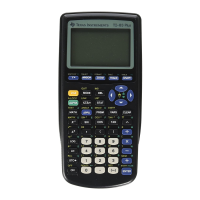
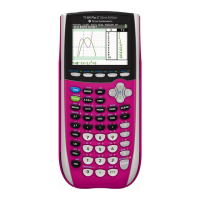
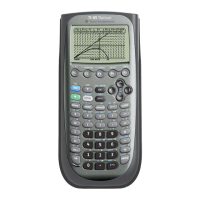
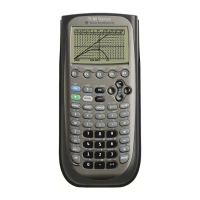
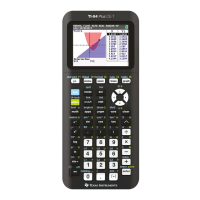
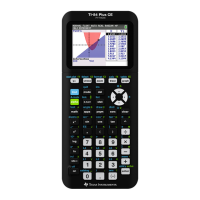
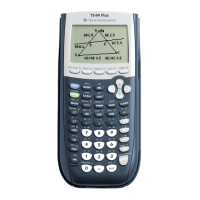
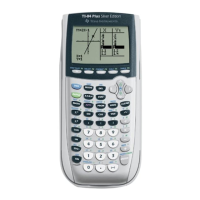
